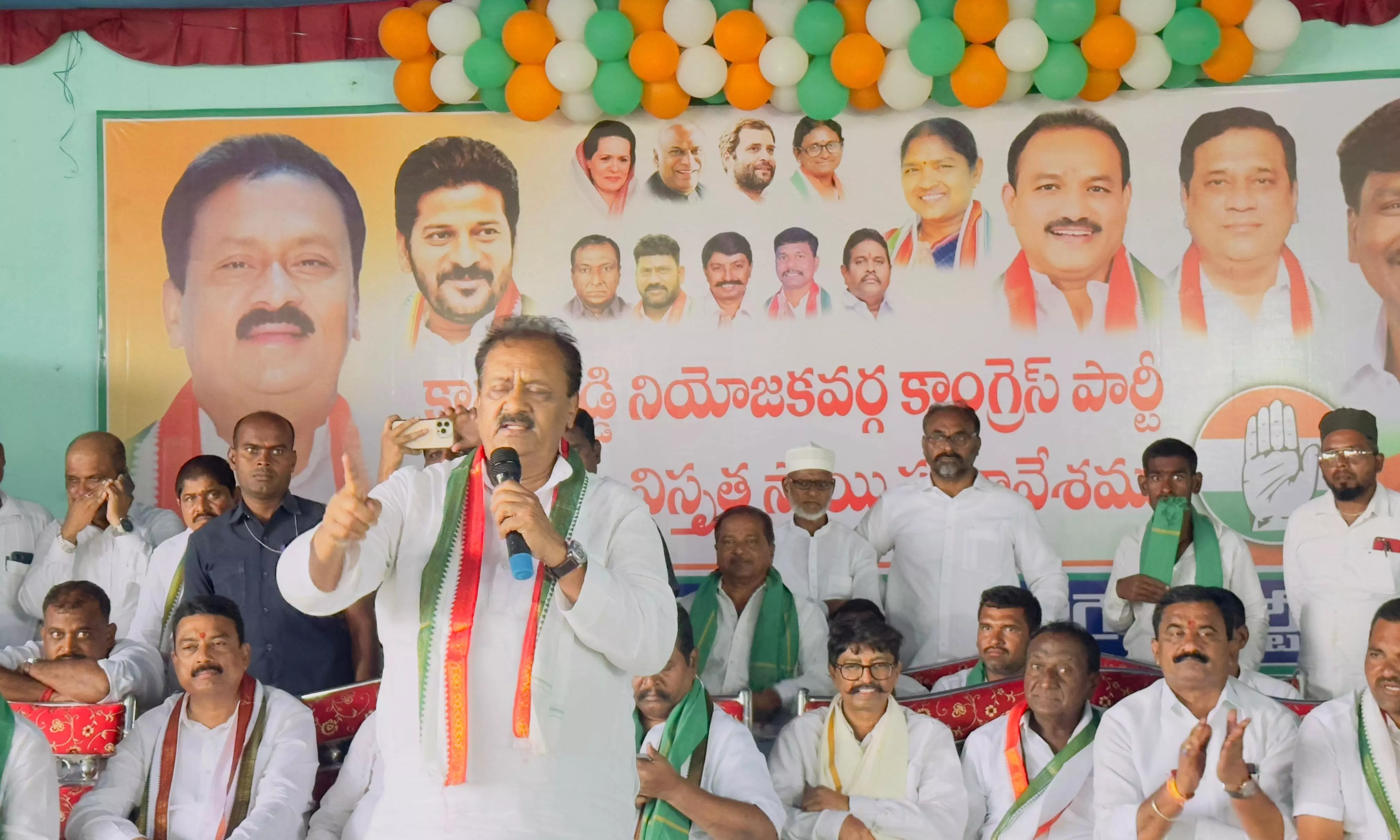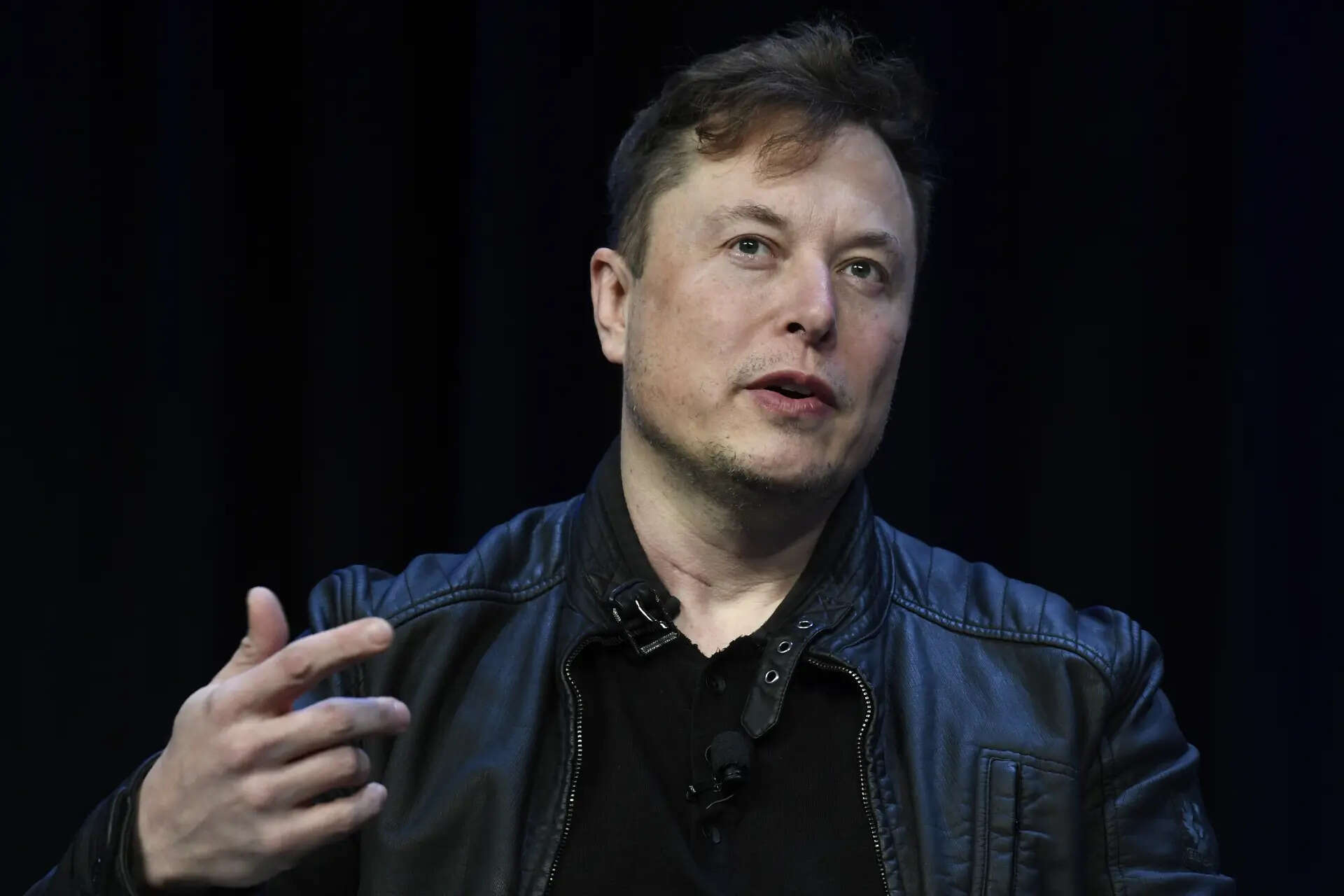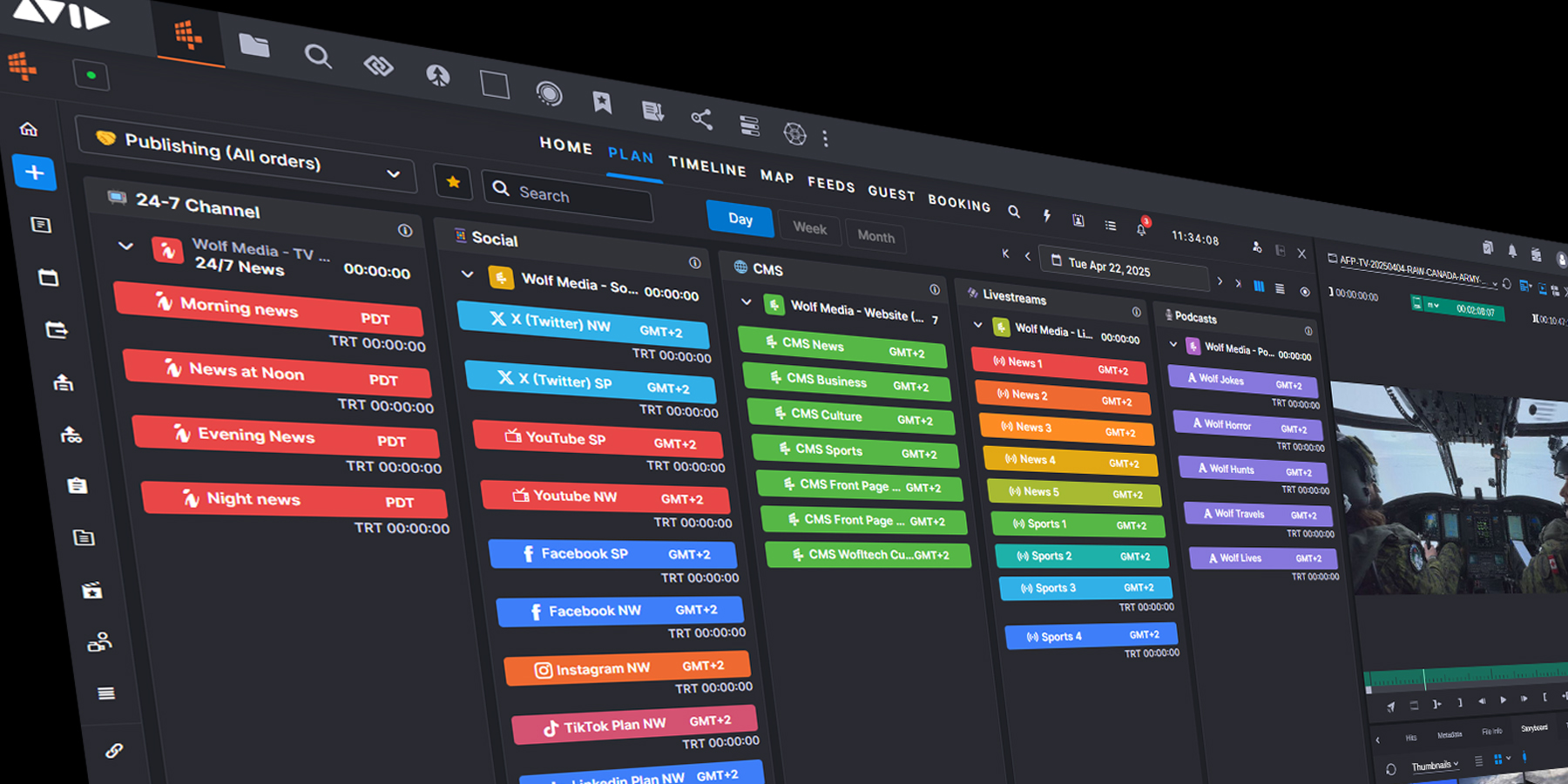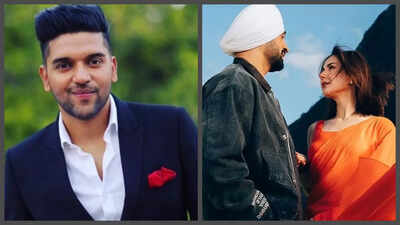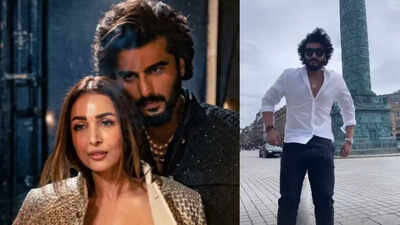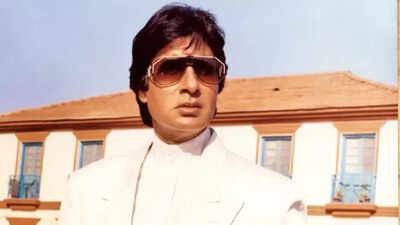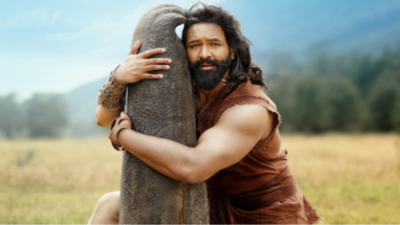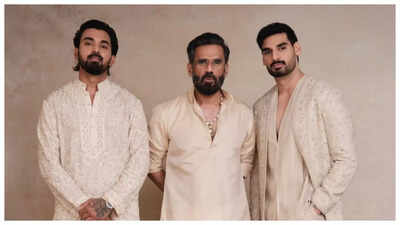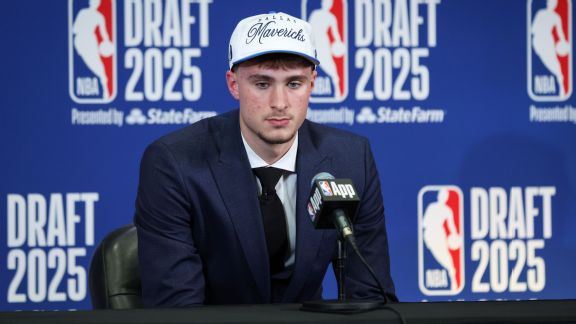Grant Brisbee discussed the offensive struggles for various Giants’ hitters, whether they should move on from Justin Verlander, if this Giants team is similar to the 2010 championship era clubs and various other Giants topics during a wide-ranging live Q&A with The Athletic subscribers on Wednesday.
Here are some highlights from Wednesday’s live discussion. To see answers to more Giants questions, read the full Q&A.
(Questions and answers have been edited for clarity and length.)
How much do hitting coaches impact results? I mean, so many guys are struggling — Patrick Bailey, Jung Hoo Lee, Willy Adames, Tyler Fitzgerald. Is it just a coincidence, or is there something systemic going on (coaches, Oracle, team approach)? — Alex X.
I’ve been asked about Pat Burrell a lot, and my only answer is that the job of a hitting coach is tough to untangle from the results. It’s about taking information and packaging it for different personalities. It’s about taking data from the eggheads and translating it into ballplayer-speak. It’s about noticing things on your own, then combining them with the inputs from everyone else in the organization, including the players themselves.
What it isn’t is a PitchCom-like device in the batter’s ear that reminds him of all this at the appropriate time. The attack plans are set, but it’s the hitters that have to execute them. Is it possible that a different voice, a different way of synthesizing data and kinesiology, would work better? Absolutely.
But there’s no way I can claim it’s something that Burrell lacks because I don’t have any idea. All I know is there was a lot of discourse about Donnie Ecker taking the secrets of hitting to Texas when he left, especially after they won the World Series. He’s without a job now. So he’s either a hitting guru, unemployable, or somewhere in the middle.
What’s happening with Jung Hoo Lee? He looked like he might be a budding star earlier this year. Just an extended slump or something more? — Damon B.
My article about what the Giants can do to fix their offense actually started as a ranking of which struggling hitters had the best chance of rebounding, so I’ve been thinking about this a bit. It’s probably worthy of its own article, but the short version is, I think he’ll just go through stretches like this. It’s the curse of an average-dependent hitter, and we’ve seen enough of him to know that he’s neither a home run machine nor a walk machine. Sometimes the balls will land, and sometimes they won’t. His expected batting average is still good, and he both fields and runs well enough to give him positive value, even when he’s slumping.
Does anyone know what’s up with Patrick Bailey’s swing/approach? Is there chatter about it being fixable? Love him behind the dish but if he could have consistently competitive ABs, it would make the lineup so much deeper. — Matthew S.
The bad news is that when you look at what hitters are supposed to do at the plate, Bailey is far below average at all of it. He chases, he whiffs, he makes weaker contact than his peers, he doesn’t barrel the ball, and he has below-average bat speed.
The good news is that some of this wasn’t under water last season. He had an above-average exit velocity. He wasn’t chasing nearly as much. That makes me think it has to do with his approach. If you’re a broken middle-aged person with a head filled with only Simpsons references, it feels like he’s thinking “Dig up, stupid,” in every plate appearance, trying to aggressively swing his way out of the slump.
The better news is that he doesn’t have to hit much better to contribute. If he can just be a solidly below-average hitter behind the plate, he’ll still be valuable.

Bailey’s defense is so good that he doesn’t need much offense to be impactful. (Ezra Shaw / Getty Images)
In the 2010s, the Giants sometimes had a hard time scoring runs, but my memory is the pitching staff felt like it was their responsibility to keep the team in games and be able to win with only 1 or 2 runs of support. Do you get the sense that this is a part of the current pitching staff’s philosophy? Have pitchers expressed that the team can lean on them while the offense finds its footing? Or has the game changed? Are offenses too powerful for this to be a realistic approach? — No username
The 2010 Giants, specifically, had a much better offense than they got credit for. Their final form, with Cody Ross and Pat Burrell, was a hard lineup to get through. They had a lot more power than people remember. The Dodger Stadium “Donnie Two-Times” game was a perfect example. They came back with home runs, and it didn’t seem that weird.
I suspect that if the Giants were scoring more runs, the pitching staff would be roughly as effective. It’s tempting to imagine everyone pitching to the score, but once you get into the 1 v. 1 situation of a batter-vs.-pitcher battle, my guess is that a lot of the in-game context fades away. They’re just trying to keep their mechanics sound and execute the pitches that are called, whether it’s a scoreless game or a blowout.
How do you rate Bob Melvin this season? The clubhouse and culture seem strong, but how is his handling of the bullpen and lineups? Also, does he need to call Matt Williams into his office like Tommy in Goodfellas? — Roman P.
I almost never judge a manager on his lineups, so we’ll toss that one out. The clubhouse/culture seems pointed in the same direction, and I actually understand most of his bullpen moves.
One thing to know about the bullpen is Melvin isn’t just looking at appearances as the only proxy for how rested a player is; if a pitcher has gotten ready in the bullpen, that counts too, even if he never gets in the game. I asked him something about Erik Miller’s relatively light workload earlier this year, and he stopped me to point out that he was often warming up to face batters who didn’t end up hitting that inning. He had a workload that was closer to regular than it looked, but it just didn’t show up in the box scores.
As for Williams, the Giants are (yet again) toward the bottom of the league when it comes to runners getting thrown out at the plate. He ain’t going anywhere. It’s just a very visible job where you’re guaranteed to look silly every so often.
Is there any playbook for moving on from Justin Verlander, or is he untouchable given his career? He’s pitching like a No. 5-6 starter for a team with a lot of better options at the 5 slot even after losing Kyle Harrison and Jordan Hicks. — Kyle F.
With Harrison gone, I’m not sure the Giants are as flush with options. Carson Whisenhunt isn’t pitching that well in Triple-A, and the Giants have a lot of arms on the 40-man roster, but none of them are so exciting that they can force Verlander out of the rotation on reputation alone.
I don’t think he’s untouchable, but I do think there’s still upside with him that’s worth chasing, especially without another option that’s unambiguously preferable right now.
(Top photo: Ezra Shaw / Getty Images)

